Even with just 8 years in existence, the Chinese manufacturer has consolidated itself as the fourth largest smartphone sales company in the world, just behind Samsung, Huawei and Apple. A very expressive brand if we consider that it has surpassed more traditional companies like LG, for example.
Xiaomi has several lines of smartphones, one of the most popular being the Redmi line, which sells a lot worldwide, including in Brazil. So much so that it was recently promoted as a "brand" to a subsidiary of Xiaomi, operating independently. For you who do not know very well about the Redmis, follow below the entire path from the first to the most current model launched.
Redmi 1, the beginning
Many think Redmi was Xiaomi's first smartphone, but the truth was that it was only released in 2013. The device had a Mediatek MT6589T processor and came standard with Android 4.2 Jelly Bean. The smartphone was launched at a time when Moto G had been very successful.
In addition to the Mediatek MT6589T processor, the smartphone had 1 GB of RAM, 4 GB of storage and 720 x 1280 pixel HD resolution and 4.7 inches. For photos, an 8 MP rear camera and a 1.3 MP front camera. Its 2,000 mAh removable battery could do the trick.
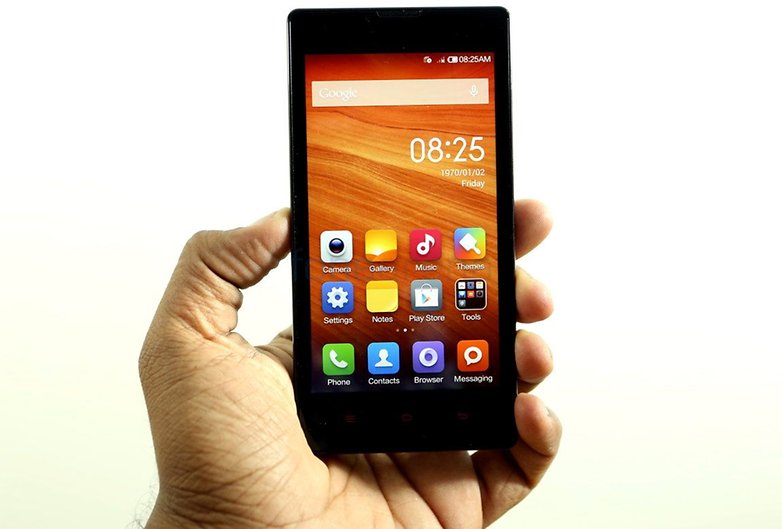
The first AndroidPIT
Redmi 2 and Redmi 2 Pro: Xiaomi in Brazil
The first Redmi was not a sales success, however it sold enough for Xiaomi to launch a successor, Redmi 2, and a few months later Redmi 2 Pro. Remembering these two smartphones, there is no way to remember the arrival of the company in the Brazil, since it was precisely these two models that initially arrived in the country.
Both models had the same specifications, where the only differences were RAM and internal storage. Things seemed to be going very well, but the company took everyone by surprise when it announced the closure of its activities here after only 8 months in the market.
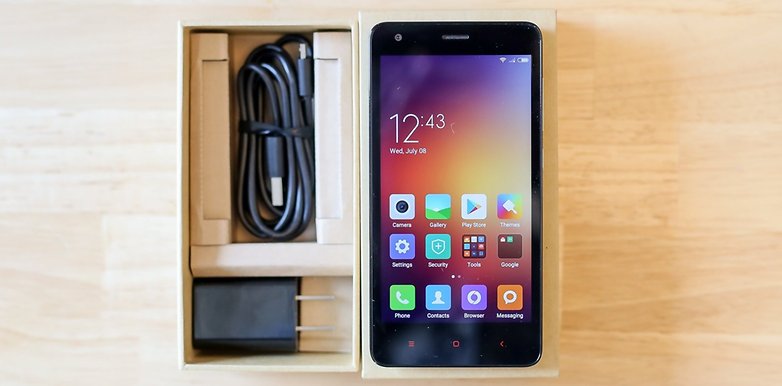
Xiaomi Redmi 2 / AndroidPIT (screenshot)
Redmi 3: Redmi line begins to gain prominence
Redmi 3 arrived to show that Xiaomi was no joke. The new model brought drastic changes compared to its predecessor, especially in the aesthetic part, where the Chinese manufacturer abandoned the plastic and adhered to the metal. Because of this, Redmi 3 was regarded as one of the most beautiful smartphones at the time.
Its specs also had a giant leap and the device came with a Snapdragon 616 processor, 2 GB of RAM and 16 GB of storage. The cameras were also improved and had a 13 MP sensor at the rear and 5 MP at the front. For all this to work, a 4,100 mAh battery was a pleasant surprise.
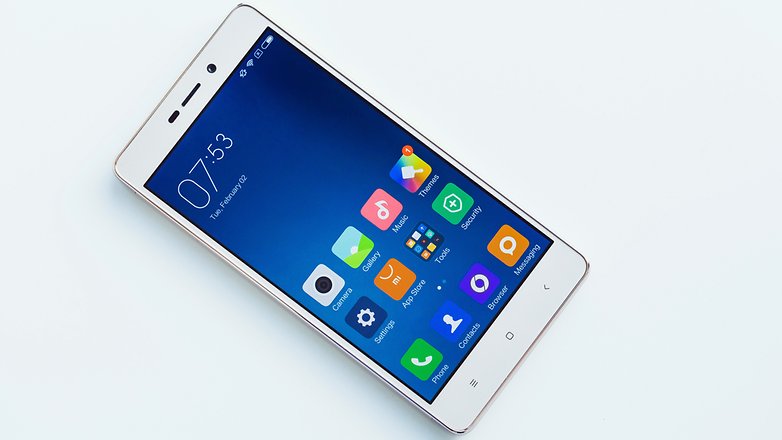
Xiaomi Redmi 3 / AndroidPIT (screenshot)
Redmi 4: Increasing Popularity
Redmi 4 was launched in 2016 and has started to gain prominence worldwide thanks to its great cost / benefit. Here in Brazil, the device began to appear more due to the increase of imports by consumers.
A Snapdragon 430 processor, 2 GB of RAM and 16 GB of storage were enough to meet the needs of users. The cameras used a 16 MP sensor at the rear and 5 MP at the front, coupled with a 4,100 mAh battery. The model even gained three variants; Redmi 4A, Redmi 4 Prime and Redmi 4 (4X).
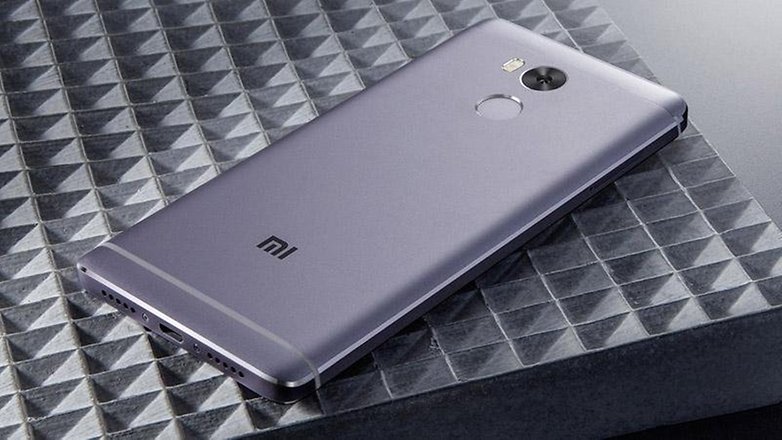
The Redmi 4 / Xiaomi
Redmi 5: Sales Phenomenon
This was undoubtedly the best selling model of the Redmi line. Xiaomi brought some news, such as the infinite screen.
The Redmi 5 came with the largest amount of RAM, 3 GB, and Snapdragon 450 processor. The rear camera had a 12 MP sensor and the front one a 5 MP. The battery came smaller than its predecessor, with only 3,300 mAh.

Xiaomi Redmi 5 Plus / AndroidPIT by Irina Efremova
Redmi 6: Coming Soon MediaTek
Redmi 6 was launched in June 2018, and this time Xiaomi chose to use the Mediatek processor instead of Snapdragon. Also new were the dual cameras, which appear for the first time in the line.
The Mediatek MT6762 processor (also known as Helium P22) is accompanied by 4 GB of RAM and 64 GB of internal memory. For shooting, we have a 12 MP main rear camera and a 5 MP secondary camera. The front uses a 5 MP sensor. The battery has a capacity of 3,000 mAh.
The Redmi 6A was a low cost version but almost identical design with a Quad-Core Mediatek MT6761 processor (Helio A22). There were versions with 3 GB of RAM and 32 GB of internal memory or 2 GB of RAM and 16 GB of internal memory. Another change was in the cameras: in the rear there is only one camera, with 13 MP sensor.

Xiaomi Redmi 6 / xiaomi
Redmi 7: The Family Stem
Launched in March this year, the Redmi 7 uses a Qualcomm Snapdragon 632 octa-core processor, and is available in several memory configurations: 4 GB RAM and 64 GB storage (Chinese version only), 3 GB RAM with 32 or 64 GB and even a low cost variant with 2 GB of RAM and 16 GB of internal memory.
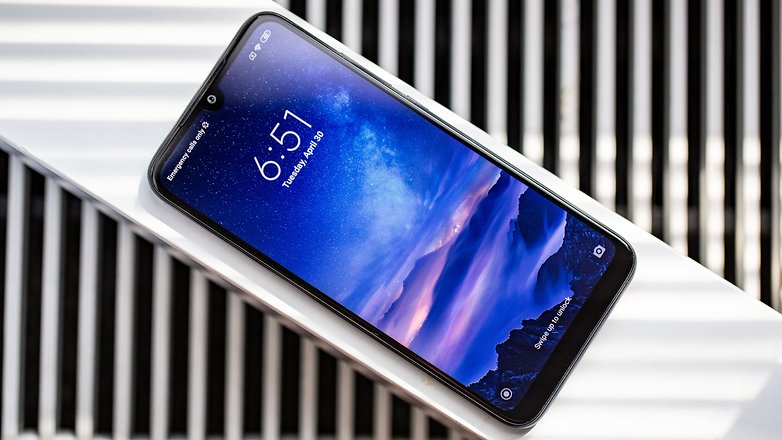
Redmi 7: notch "teeny" and stylish look / AndroidPIT
The plastic back follows the look of the top of the line with glass panels, and has the same effect of "degradation" between two colors, which makes it quite elegant. The screen is the same size as the Redmi 6 Pro, but the considerably smaller notch, reduced to a "drop". The 12 MP rear camera is supported by a 2 MP secondary camera (for depth) and the front-facing camera has an 8 MP sensor.
New to the line is the "fast" 10 Watt charger. I quote it quickly because, although faster than a basic 5 Watt USB charger, it is no big deal when compared to the 20, 50 or even 100 Watt systems used by competitors. But hey, we're talking about a low cost line, I can't have it all.
Redmi GO: the cheapest
The Redmi Go is a low-cost smartphone with a B-upper: in India it costs around 4,800 Rp, which is about $ 280. The idea is to snap up the Indian market's entry segment, one of the largest in the world.
For that price you get a smartphone with Snapdragon 425 processor, only 1 GB of RAM, 8 GB of internal memory, 8 MP rear camera and 5 MP front camera. The battery is even generous considering the price, with 3,000 mAh. With such modest hardware, it is not surprising that the operating system is Android 8.1 Oreo in its "Go" version, optimized for input devices.
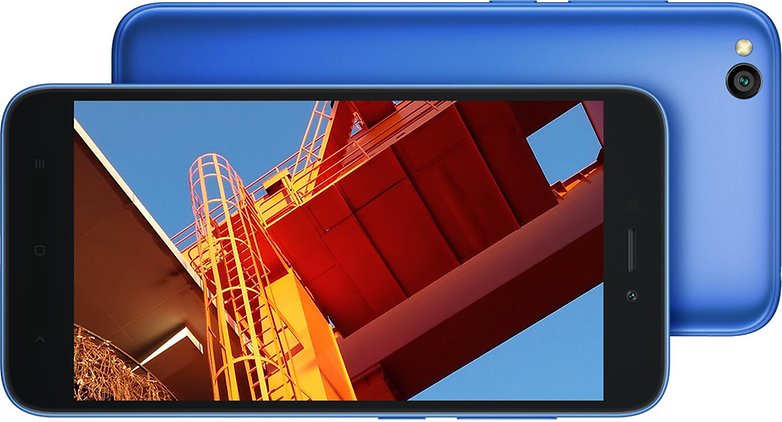
Redmi GO: Low cost handset for emerging Indian market / Redmi
Redmi, now under new direction
The release of Redmi 7 also marks Redmi's debut as a subsidiary company of Xiaomi, rather than just a brand used by the manufacturer. According to Lei Jun, CEO of Xiaomi, change was a matter of focus. The Redmi brand focuses on cheap, cost-effective smartphones. Meanwhile Xiaomi is focusing on the high-end smartphone market, and for that it needs to get rid of the stigma of "cheap mobile".
With "separation," each brand can focus exclusively on its target audience, avoiding the division of effort that would happen in a single brand. Now independent, Redmi has the conditions necessary for higher alarms. What will she surprise us with in the future?
And you, which model of the Redmi line pleases you the most?
(tagsToTranslate) Xiaomi (t) Redmi (t) Redmi 2 (t) Redmi 2 Pro (t) Redmi 3 (t) Redmi 4 (t) Redmi 4A (t) Redmi 5 (t) Redmi 5 Plus (t) Redmi 6 (t) Redmi 6 Pro (t) Redmi 6A (t) Redmi 7 (t) redmi line (t) evolution redmi line
